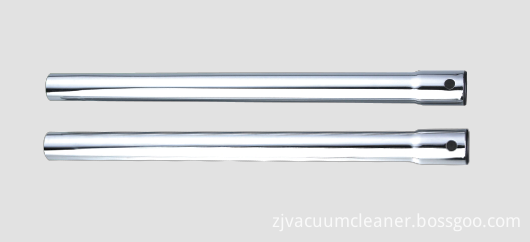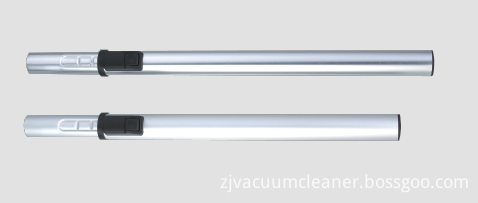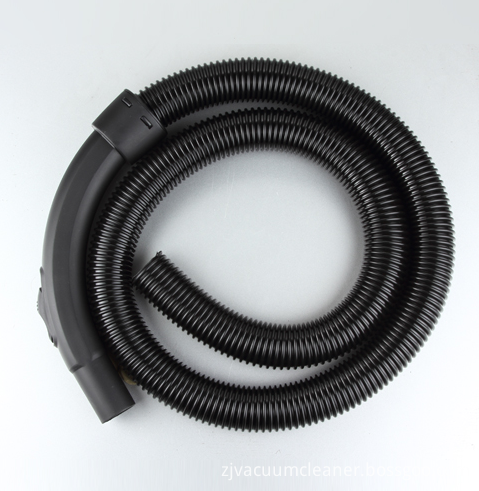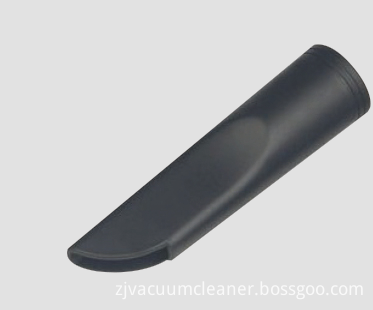LED technology is rapidly advancing due to the drive driven by new applications. Backlights for laptops, desktop monitors and large-screen TVs are key applications for today's high-brightness LEDs, creating demand for the large number of LEDs to be manufactured. In addition to the quantitative aspects, such LEDs must also meet stringent requirements regarding performance and cost. Therefore, production technology is very important to the success of LED manufacturers, beyond any time.
One of the key manufacturing technologies for high brightness LEDs is MOCVD technology. Since the entire vertical LED structure is grown using MOCVD technology, this technology not only determines the quality and performance of the LED, but also largely determines the yield and cost of LED manufacturing. Therefore, optimization of MOCVD productivity and reduction in operating costs are a key goal for MOCVD system manufacturers. Accurate parameter analysis that affects the productivity and cost of the MOCVD process is a prerequisite for any improvement effort. Through this analysis, we found that the yield (wafer area produced per unit time) and yield are key characteristics.
Improve yield by using larger wafer sizes (4" and 6")
The main part of all LEDs (blue, green or white LEDs) is based on GaN/InGaN/AlGaN materials. So far, most of the LEDs have been fabricated on 2-inch sapphire substrates. Therefore, in recent years, any progress in MOCVD yield has been obtained by increasing the load of the MOCVD reactor. The most popular MOCVD systems for current GaN/InGaN/AlGaN growth are planetary reactors and near-coupling sprinkler reactors, which supply 42 wafers of 2 inch and 31 2 inch wafers, respectively. These translate into unforgettable high yields and low cost of ownership. However, this is further improved by shifting to a larger wafer size. At this time, some major LED manufacturers have begun to move to 4 inches, and most other manufacturers are planning to make the same change. Since MOCVD tools already have the ability to grow large wafers, this decision is easy.
In the MOCVD system mentioned above, the transition from 2" to 4" (or even 6") wafers can be easily accomplished simply by replacing some of the component configurations in the MOCVD reactor. However, the main reaction chambers and components will remain the same, thus reducing the need to adjust the hardware and process to the best by doing so, such as planetary reactors, which can be converted from a 42x2" setting to an 11x4" or 6x6" type. The cost of conversion is relatively low, but there are significant benefits in terms of yield. To gain a quantitative understanding, it is helpful to calculate the total wafer area equivalent to the full wafer load for different wafer diameters. The 42x2†configuration is equivalent to 851. Cm2. Converting to 11x4" or 6x6" yields 391 cm2 and 1094 cm2 of wafer area, respectively. A relative increase in yield can be calculated from these numbers. In addition, it must be considered that a few millimeters outside are usually excluded from the available wafer area. If a larger wafer area is selected, the percentage of excluded areas to the total wafer area is significantly lower.
However, the increased yield discussed above is not the only measure to increase the productivity of the MOCVD system. At the same time, the uniformity of the epitaxial wafer must be improved to a level that ensures the highest chip yield of the LED process. From the design side of the MOCVD reactor, this must be translated into specific requirements. Since the uniformity of MOCVD RUN is primarily determined by well-controlled gas phase dynamics and consistent temperature distribution, a robust design must be chosen to control these two parameters in the right way.
In planetary reactors, one of the key devices for determining gas phase kinetics is the nozzle. Special nozzles have been developed to maximize maximum stability and uniformity of adjustment. The three-beam nozzle has three separate water injection zones that not only allow the injection of Group III and Group V gases independently, but also provide an additional purge stream on top. This laminar flow of gas avoids any type of recirculation, leaving it free of deposits. In addition, the uniformity of the growth is allowed to be fine-tuned by adjusting the upper airflow. The design of the nozzle also ensures that the injection geometry remains fixed and the gas is injected in a strictly horizontal manner. This means that no mechanical adjustment is required to achieve outstanding and repeatable uniformity.
These are other assessories. They have the function of the respective. They are indispensable. I will introduce their respective function later,please wait a moment. These assessories are very useful,you can't use the Vacuum Cleaner without them. These accessories will let your house more clean and give you a better living environment. Then babies will grow more healthy. So please choose them with vacuum cleaners. Your satisfaction is our motivation.,hope you like it. Now let's see some pictures of these accessories blow.






Extension Tube, Hose Assembly, Telescopic Tube, Insert Tubes
Ningbo ChinaClean Household Appliances Manufacture Co., Ltd. , http://www.chinaclean-elec.com